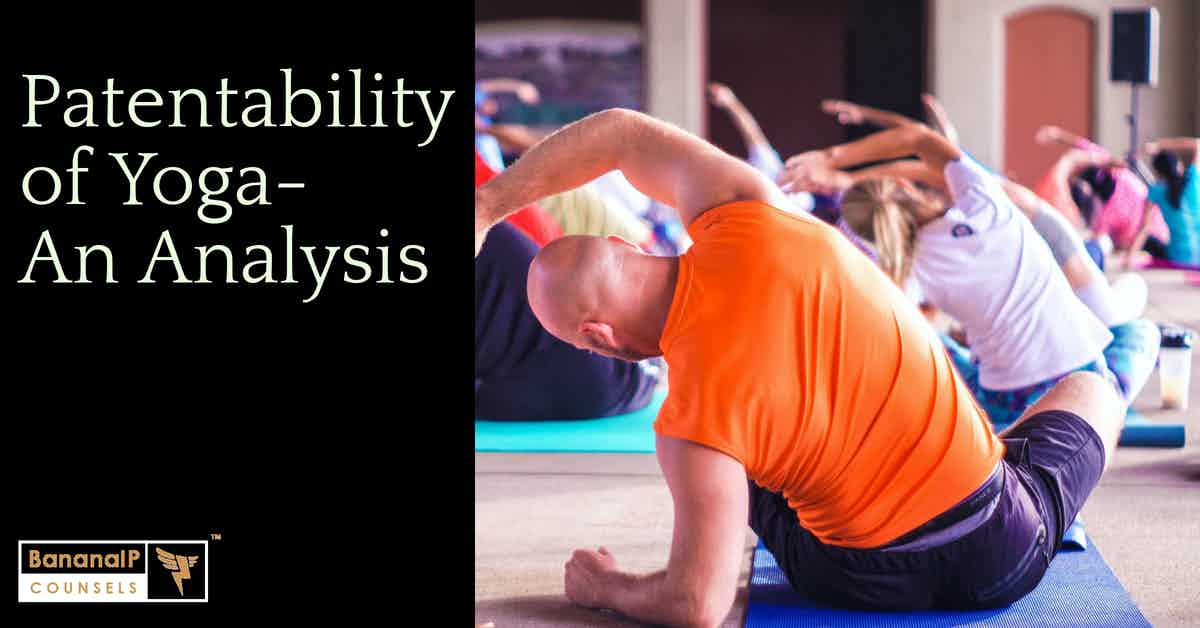This post was first published on 22nd March, 2012.
We are all aware that what is already existing in the public domain falls outside the scope of patentability. This is because it is already known and hence the aspect of novelty, which is the primary requirement to qualify for a patent is absent. Moreover, what is already there in the public domain cannot be taken back, because patents grant exclusivity to the inventor. Patenting of traditional knowledge is nothing new, and as far as India is concerned it has had bitter experiences with turmeric, neem and basmati. The need for documentation of traditional knowledge is given due importance as this would be a proof of prior art. Patentability of Yoga is yet another debated topic these days.Bringing an individual soul within the universe is YOGA. It is a form of creating self awareness in oneself. The more you are aware of your body and mind the happier and peaceful you are. This is what the term yoga in Indian philosophy means. Patanjali author of Yoga Sutra states that “yoga is the ability to focus the mind on single point without distraction”.In order to stop similar cases like Bikram Choudry’s Hot yoga, India has made available a list of 1,300 newly registered yoga poses, compiled to prevent the ancient moves from being exploited by patent pirates, the Times of India said. The database, which includes 200 video demonstrations, is available to international patent office’s through India’s Traditional Knowledge Digital Library (TKDL).Even as this exercise (TKDL) is going on, till date, the US Patent and Trademark Office have granted 44 yoga related patents among which 27 patents are on yoga accessories and 15 are on yoga device and 2 on yoga techniques.Among USPTO’s total number of 168 applications 44 are granted patents and 124 are published applications. The graph above represents the number of granted patents and published application under different yoga parameters. It is indeed surprising, rather shocking to note that India, that houses almost all forms of Yoga, and where Yoga has been practiced since time immemorial, only two applications have been published pertaining to Yoga. This calls for a strong documentation system that will serve as prior art, which will ensure that our traditional knowledge is not unjustly exploited.
Contributed by: Akshatha Karthik and Raghu
Reference:
https://www.hindustantimes.com/delhi/india-to-patent-yoga-asanas/story-yovvwvZXyE2BC7ZFkooo3L.html



